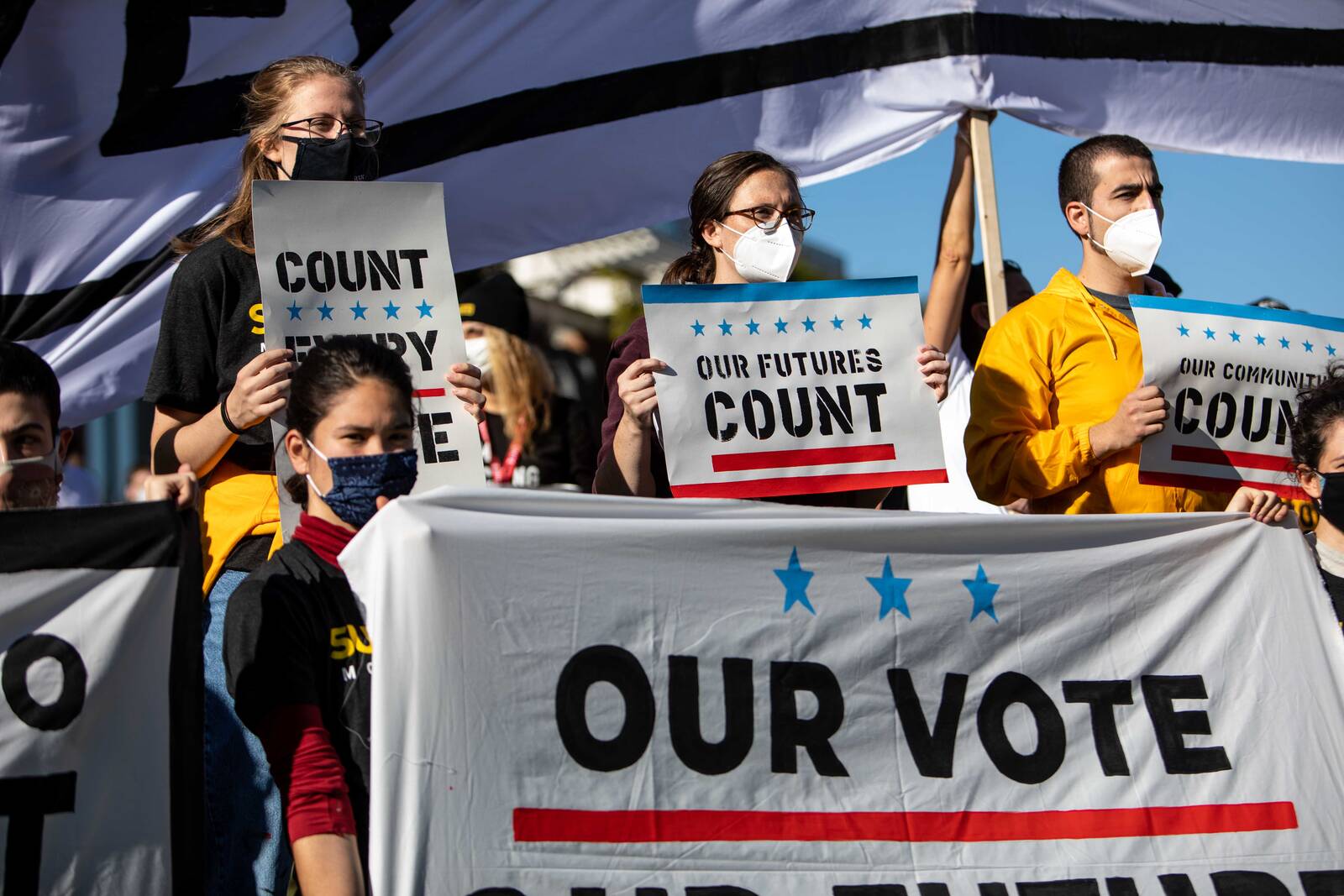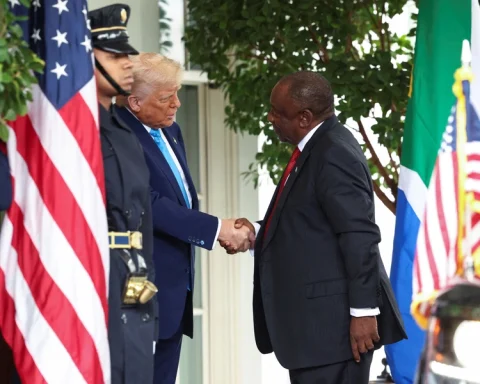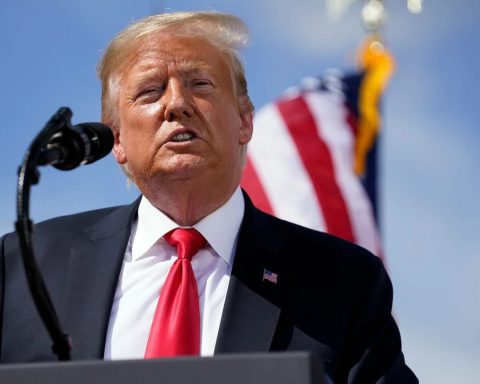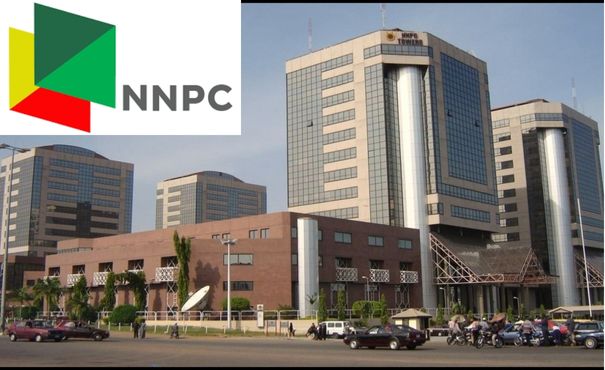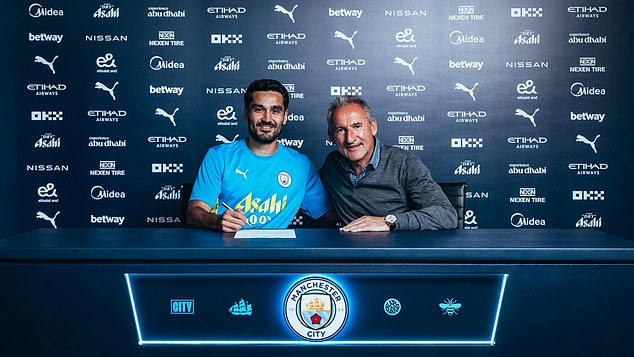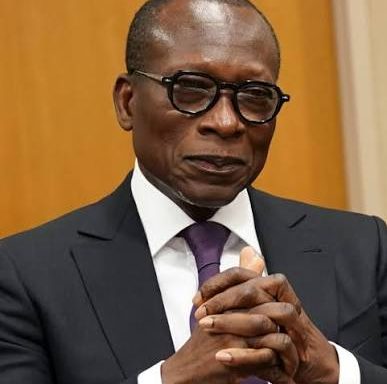Did you know that around 40 million Gen Z voters can vote in the 2024 U.S. election? That’s a huge number! But here’s the catch: nearly one-third of them haven’t made up their minds about who to support.
Even more surprising, a lot of young voters might skip voting altogether, even though their votes could be the deciding factor in this election. This has both political parties really nervous because the youth vote could make or break their campaigns.
Join our WhatsApp ChannelYoung Voters: The New Power Players
Millennials and Gen Z are becoming a big deal in American politics. Together, they make up more than a third of all voters. Millennials, who were born between 1981 and 1996, are now the largest generation in the U.S., even bigger than the Baby Boomers.
Gen Z, born between 1997 and 2012, are just starting to show their political power. In the 2020 election, over half of voters under 30 turned out to vote—up from just 42% in 2016 .
The big question is: will they show up in even bigger numbers this year, or will they feel too frustrated with politics to bother?
Young people today are dealing with different issues than their parents did. They care a lot about things like climate change, economic fairness, and social justice.
A Pew Research Center survey found that 71% of Gen Z voters see climate change as a top concern, and 67% are focused on racial and ethnic equality. These issues are really important to them, but if they feel like nothing’s changing, they might decide not to vote at all.
What We Can Learn from Recent Elections
We saw just how powerful young voters can be in the 2022 midterms. In Pennsylvania, voters aged 18-29 came out in droves to support Democratic Senate candidate John Fetterman, helping him win by a large margin. In Georgia, young voters were key to re-electing Senator Raphael Warnock. Across the country, most young voters leaned Democratic, with 63% voting for Democrats compared to 35% for Republicans.
This shows that when young people vote, they can really shape the outcome, especially in swing states where every vote matters.
But here’s the thing: not all young people are excited about voting. In some states, fewer young people are even registering to vote. For example, in Louisiana and Iowa, youth voter registration is down by more than 20% compared to 2020. This could be a big problem in the 2024 election, especially in places where every vote counts.
How the Candidates Are Trying to Win Young Voters
Kamala Harris’ Plan
Vice President Kamala Harris knows that young voters are super important. That’s why she’s focusing on issues that matter to them, like climate change, student debt, and social justice. She’s also making sure to reach them where they are especially online.
In July this year, she even did a live Q&A on TikTok, answering questions about everything from climate policy to student loans. Harris’ campaign is also investing a lot in digital outreach because they know traditional campaign strategies might not connect as well with younger voters.
READ ALSO:
- Upcoming Trump-Harris Debate: What You Should Know
- US Election 2024: Trump Attacks Kamala Harris As ‘Incompetent’ In Interview With Elon Musk
- US Election: Trump Accepts To Debate With Harris
Donald Trump’s Strategy

Former President Donald Trump has a tougher job with young voters. In the 2020 election, only 35% of voters under 30 supported him. Trump’s campaign is focusing on the economy and jobs, issues that young people care about. But his views on things like climate change and social justice might push young voters away. Still, Trump is trying to win them over by talking about his record on the economy and his plans to create more jobs for the next generation.
Key States to Watch
Young voters could play a huge role in battleground states like Wisconsin, Georgia, and Pennsylvania—states that were crucial in the 2020 election.
In Georgia, for example, 40.18% of the population is under 30, and their votes could tip the balance in another close race. In Wisconsin, young voters were key to Joe Biden’s narrow win in 2020, and both parties are working hard to get their support this year.
Pennsylvania, with its many colleges and universities, is another state where young voters could make a big difference.
To get these young voters engaged, grassroots groups and political campaigns are stepping up their efforts with digital outreach, events on campuses, and voter registration drives. For example, in Pennsylvania, the non-profit group NextGen America is planning to spend millions to get young voters out in 2024, building on their success from past elections.
Fighting Disinformation
One big challenge for young voters is dealing with all the misinformation online. In the 2020 election, false claims about voting and misleading information about candidates targeted young voters on social media. As we head into the 2024 election, experts warn that misinformation could again play a big role in how young voters see the candidates and whether they decide to vote. Both parties know this and are working on fact-checking and voter education campaigns to fight back against misinformation.
Will They Show Up?
The 2024 election could come down to whether young people decide to vote. They have the numbers, and they care about real issues, but many of them feel disconnected from politics. The challenge for both Trump and Harris is to show young voters that their votes really matter. If they can do that, young voters could shape the future of American politics. If not, it could be a missed opportunity with lasting consequences.
Other important stats you should know:
What are the Changes in Numbers of Young Registered Voters by state in 2o24?
Here are the changes in the number of young registered voters by state as at July 1, 2024, compared with November 2020.
| State | Change in Number of Young Registered Voters |
|---|---|
| Nevada | 5.71% |
| Michigan | 4.96% |
| Kansas | 2.33% |
| West Virginia | 1.94% |
| Texas | 0.09% |
| Colorado | -2.50% |
| Oklahoma | -3.88% |
| California | -5.10% |
| New York | -5.21% |
| Tennessee | -5.53% |
| New Jersey | -6.51% |
| Washington | -6.65% |
| Delaware | -6.99% |
| North Carolina | -7.03% |
| Oregon | -7.08% |
| Massachusetts | -7.44% |
| Virginia | -8.07% |
| New Mexico | -8.16% |
| Vermont | -9.73% |
| Idaho | -10.64% |
| Indiana | -11.32% |
| Ohio | -11.79% |
| Arkansas | -12.72% |
| Missouri | -12.73% |
| Georgia | -12.83% |
| Minnesota | -13.21% |
| Nebraska | -13.42% |
| Alabama | -14.08% |
| Rhode Island | -14.19% |
| Maine | -14.42% |
| Pennsylvania | -16.75% |
| South Carolina | -17.78% |
| Illinois | -18.61% |
| Florida | -19.23% |
| Arizona | -19.31% |
| Connecticut | -19.36% |
| Louisiana | -21.06% |
| Kentucky | -22.55% |
| Montana | -31.10% |
| South Dakota | -35.48% |
| Iowa | -47.55% |
source: CIRCLE
Which states have more youth registered to vote in 2024 versus 2020?
Nevada, Michigan, Kansas, West Virginia, and Texas already have more youth registered to vote than in 2020. Other states have less.
How many Gen Zers are eligible to vote in 2024?
According to research on Civic Learning and Engagement, this year, 40.8 million members of Gen Z, ranging from 18 to 27 years old, will be eligible to vote. Among them, 8.3 million young individuals, newly eligible since the 2022 midterm election, will have just turned 18 or 19. A significant portion of this group consists of people of color.


